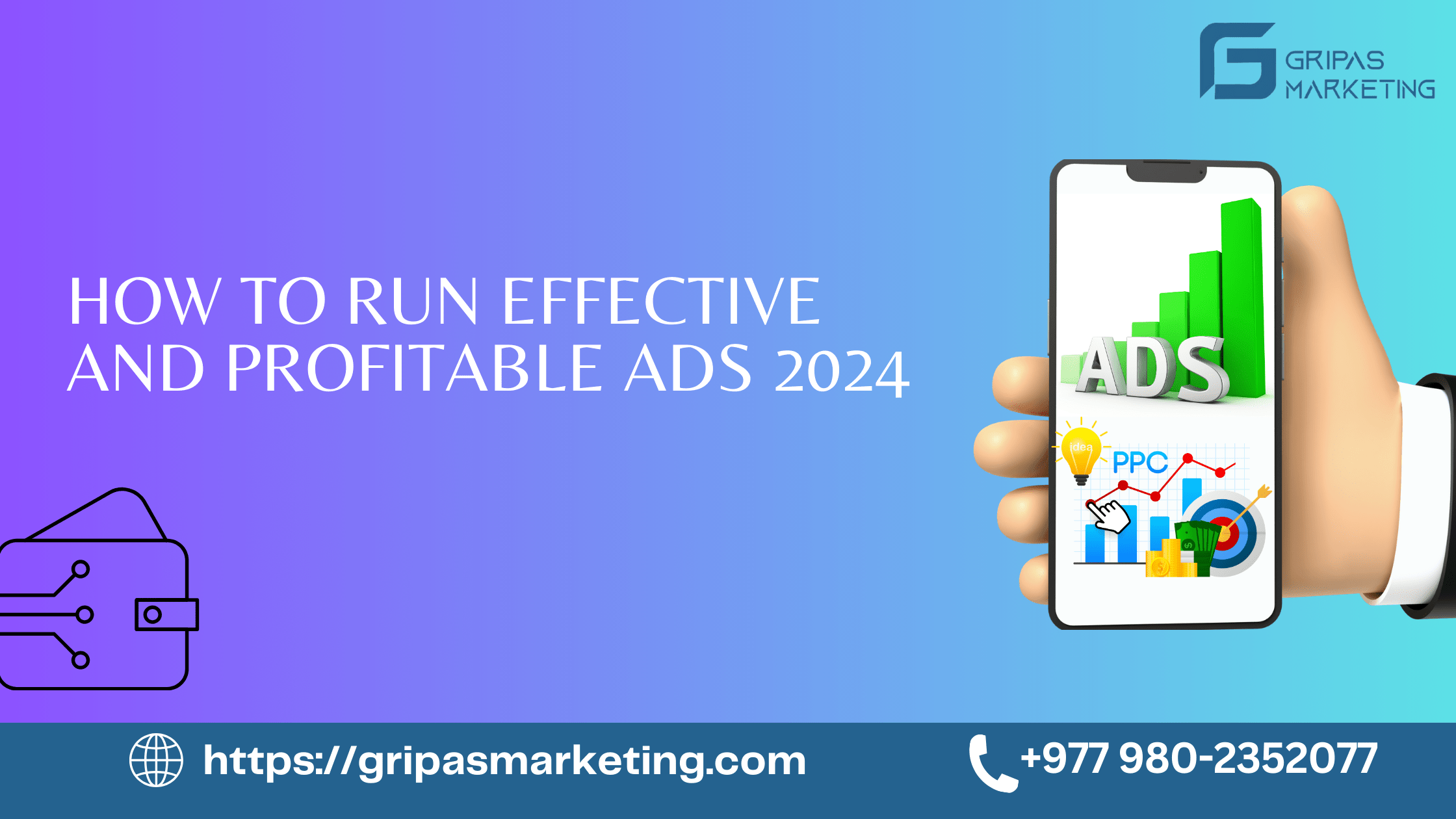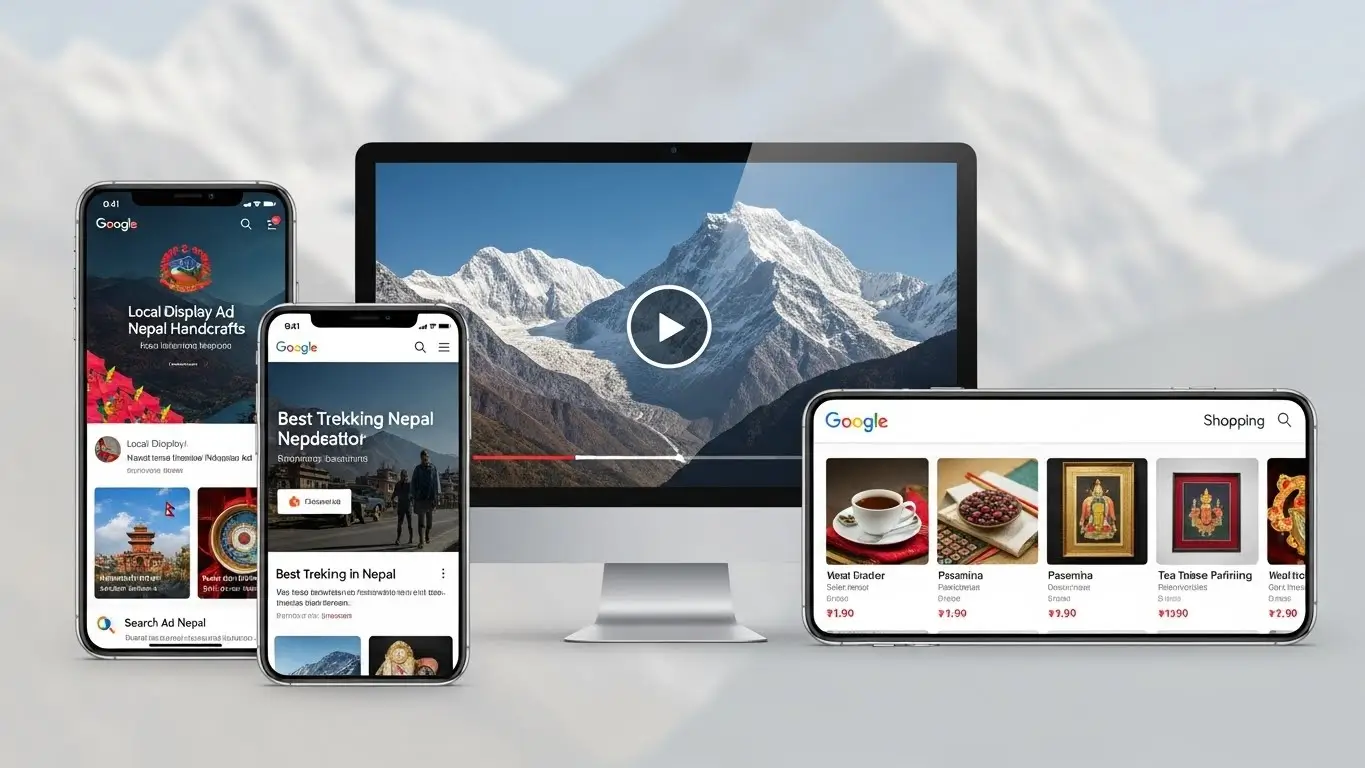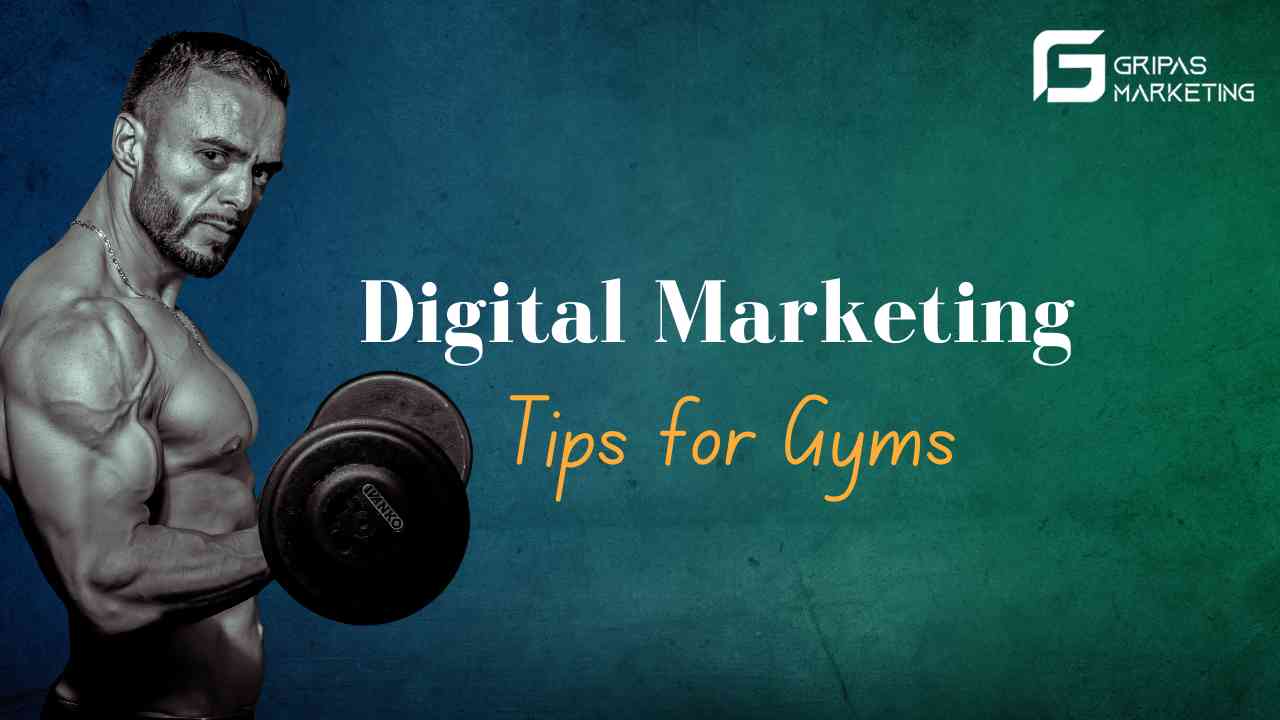PPC, or pay-per-click, is a popular online advertising model where advertisers pay a fee each time someone clicks on their ad. It is a great way to drive traffic and conversions to your website. In this article, we will discuss how to run effective and profitable ads using PPC.
To start with, PPC marketing allows you to be more visible at the most crucial parts of the customer journey. That’s a crucial point to understand because it means that PPC ads are most effective when the potential customer is already aware of your brand. The benefits of PPC marketing are that you can drive traffic to your website instantly, target potential customers really well, measure it easily, and scale it easily.
To run effective and profitable ads, you need to choose a platform for your PPC campaign, choose a type of ad to invest in, determine your budget and bidding strategy, customise your target audience, interests, location, and search terms, and organise your campaign into “ad groups.” By following these tips, you can improve the performance of your PPC campaigns and achieve your desired results.
PPC Ads Management: Five Tips for a Profitable Pay-Per-Click Strategy

It is a great way to drive traffic and conversions to your website. To start with, it is important to understand the PPC curve. The curve represents the relationship between the cost per click and the number of clicks. As the number of clicks increases, the cost per click decreases. However, after a certain point, the cost per click starts to increase again. This is because the ad space becomes more competitive as more advertisers bid for the same keywords. Therefore, it is important to find the sweet spot where you can maximise your return on investment.
- The first tip for a profitable PPC strategy is to choose the right platform for your PPC campaign. You can choose from a variety of platforms, such as Google Ads, Bing Ads, Facebook Ads, and LinkedIn Ads. Each platform has its own strengths and weaknesses, so it is important to choose the one that best suits your business needs.
- The second tip is to choose the right type of ad to invest in. You can choose from search ads, display ads, video ads, and shopping ads. Each type of ad has its own advantages and disadvantages, so it is important to choose the one that aligns with your business goals.
- The third tip is to determine your budget and bidding strategy. You need to decide how much you are willing to spend on your PPC campaign and how you want to bid for ad space. You can choose from manual bidding, automated bidding, or a combination of both.
- The fourth tip is to customise your target audience, interests, location, and search terms. This will help you reach the right people at the right time with the right message.
- The fifth and final tip is to organise your campaign into “ad groups.” This will help you keep your ads organised and relevant to your target audience.
How does PPC advertising work?
PPC advertising works in the following ways:
CPC, or cost per click, is a metric that determines how much advertisers pay for the ads they place on websites or social media based on the number of clicks the ad receives. Because CPC quantifies the cost of a brand’s paid advertising efforts, it is important for marketers to take this into account.
Marketers should try to promote high-quality clicks and, as a result, delight customers while simultaneously lowering the cost of clicks. CPC applies to all types of ads, whether they have text, images, or videos. It covers ads that show up on social networking platforms, display ads, and search engine results pages.
Cost per impression (CPM) is another metric used in PPC advertising. It is the cost an advertiser pays for one thousand views of their ad. The cost-effectiveness of an advertisement campaign can be measured using CPM. It is essential to understand that CPM and CPC are not the same. CPC is based on the number of actual clicks the ad receives, while CPM is based on the number of times an ad is viewed, regardless of whether customers click on it or not.
What are Google Ads?

Google Ads is an online advertising platform that allows businesses to create and display ads on Google’s search engine results pages and other websites. Advertisers pay for their ads to be displayed on a pay-per-click (PPC) basis, meaning they only pay when someone clicks on their ad.
Ad rank is a value that determines where ads are shown on a page relative to other ads and whether your ads will show at all. It is calculated using your bid amount, your auction-time ad quality (including expected clickthrough rate, ad relevance, and landing page experience), the context of the user’s search (including the device, location, time of search, and search terms), and the expected impact of extensions and other ad formats.
How does PPC work in Google Ads?
PPC can help you reach potential customers who are searching for products or services like yours on Google. But how do you do PPC with Google Ads? Here are some steps to follow:
- Create a Google Ads account. You will need a Google account and a website to sign up for Google Ads.
- Choose your campaign type based on your objective. You can choose from different campaign types, such as search, display, video, shopping, or app. For example, if you want to show your ads in Google search results, you can choose the search campaign type.
- Refine your settings and targeting (audiences, devices, locations, schedule, etc.). You can customize your campaign settings and targeting options to reach the right people at the right time and place. For example, if you want to target people who are interested in your products, you can use an audience network.
- Provide your budget and bidding strategy. You can set a daily or monthly budget for your campaign and choose how much you want to pay per click or per impression. You can also choose a bidding strategy, such as manual or automated, to optimize your ad performance.
- Input your destination URL (landing page). You can enter the URL of the web page where you want to direct your visitors after they click on your ad. You should make sure that your landing page is relevant, user-friendly, and optimised for conversions.
- Build your ad. You can create your ad by writing a headline, a description, and adding extensions, such as a call, location, or site link. You should make sure that your ad is clear, compelling, and matches your keywords and landing page.
- Launch your campaign and monitor your results. You can review and confirm your campaign settings and ad before launching it. You can also use Google Analytics (GA) to track and measure your campaign performance and ROI.
How do you do effective PPC keyword research?
PPC can help you reach potential customers who are searching for products or services like yours on Google or other platforms. We can do effective PPC keyword research in the following ways:
- Understand your target audience and their search intent. You need to know who your ideal customers are, what they are looking for, and how they search for it. You can use tools like Google Analytics, Google Trends, or Google Search Console to get insights into your audience’s behaviour and preferences.
- Use keyword research tools to find relevant keywords. You can use tools like Google Ads Keyword Planner, Semrush, or Mangools to generate keyword ideas based on your product, service, or topic. You can also use these tools to analyse the keyword metrics, such as average monthly searches, cost-per-click (CPC), competition, and top-of-page bid.
- Focus on long-tail keywords and match types. Compared to short-tail keywords, long-tail keywords are less competitive and more targeted. They can help you target niche audiences and increase your conversion rate. You can also use different match types, such as broad, phrase, or exact, to control how closely your keywords match the user’s search query.
- Organise your keywords into ad groups and campaigns. You need to group your keywords into relevant and coherent ad groups and campaigns based on your goals and budget. You can use tools like Google Ads Editor or WordStream to help you create and manage your ad groups and campaigns.
- Optimise and refine your keywords based on your performance. You need to monitor and measure your PPC results using tools like Google Ads or Google Analytics. You need to track metrics like clicks, impressions, click-through rate (CTR), cost per mille (CPM), quality score, and return on ad spend (ROAS). You need to adjust your keywords, bids, and ads based on your data and feedback.
What is PPC management? What are the types of PPC management?
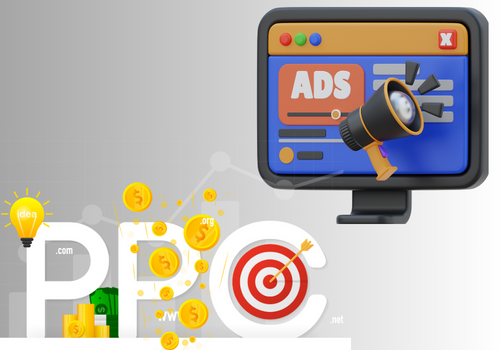
Pay-per-click (PPC) management is a subset of online marketing that involves overseeing and optimising PPC advertising campaigns. It’s a complex process that requires a deep understanding of PPC advertising principles, strategic planning, and continuous monitoring and adjustment.
PPC management can be broken down into several key tasks: keyword research, ad creation, landing page optimisation, bid management, and campaign analysis and adjustment. Each of these tasks plays a crucial role in ensuring the success of a PPC campaign.
The types of PPC management are given below:
- In-House PPC Management: This involves managing PPC campaigns internally within a business. The advantage of this approach is that the team has a deep understanding of the business and its goals. Still, it takes a lot of effort and money.
- Outsourced PPC Management: It has the advantage of being more efficient, as the agency has the expertise and resources to manage the campaign effectively. It also allows for greater flexibility and scalability. However, it can be more expensive than in-house management, as there are additional fees for outsourcing.
- Agency PPC Management: This involves outsourcing PPC management to a specialised agency. The advantage is that agencies have expertise and experience in managing PPC campaigns across various industries. However, they may not have the same level of understanding of your specific business as an in-house team would.
- Automated PPC Management: This involves using software or tools to automate aspects of PPC management, such as bid management and keyword research. This can save time and resources, but it may not be as flexible or adaptable as human management.
- Hybrid PPC Management: This involves a combination of the above approaches. For example, a business might use an agency for strategy and planning, automated tools for bid management, and an in-house team for ad creation and landing page optimisation.
Why do you need effective PPC management to increase revenue?
We need effective PPC management to increase revenue because of the following reasons:
Effective PPC management is not a one-time task but an ongoing process that requires time, effort, and expertise. It’s about making every click count and turning those clicks into revenue.
- Maximising ROI: Effective PPC management helps to maximise the return on investment (ROI) by optimising the cost per click (CPC) and improving the conversion rate.
- Targeting the Right Audience: With proper PPC management, you can target your ads to the right audience based on demographics, interests, and search behaviour, which can lead to higher conversion rates.
- Optimising Ad Spend: PPC management involves continuous monitoring and adjusting of bids to ensure that you’re not overspending on keywords that are not converting.
- Improving Quality Score: Effective PPC management can improve your quality score, which can lead to lower costs and better ad positions.
- Increasing Brand Visibility: PPC ads can increase your brand’s visibility on search engines, which can lead to increased brand recognition and trust.
- Gaining Competitive Advantage: With effective PPC management, you can gain a competitive advantage by appearing at the top of search results for keywords relevant to your business.
- Tracking Performance: PPC management includes tracking the performance of your ads and making necessary adjustments to improve results.
- Leveraging Ad Extensions: PPC management allows you to leverage ad extensions, which can enhance your ads with additional information and increase click-through rates.
- Testing and refining ads: Effective PPC management involves testing different ad variations and refining your ads based on performance to increase conversions.
- Increasing Revenue: Ultimately, all these benefits of effective PPC management contribute to the main goal of increasing your business revenue.
What are the differences between campaigns and ad groups?
The difference between campaigns and ad groups:
- Level of Control: Campaigns are at a higher level of control where you set the budget, location targeting, and other settings. Ad groups, on the other hand, are sub-levels within a campaign where you can control specific keywords, ads, and bids.
- Purpose: Campaigns are used to organise categories of products or services that you offer. Ad groups further break down those categories into specific sets of related keywords and ads.
- Budget Management: In campaigns, you set the daily budget that is distributed among its ad groups. However, you don’t set a budget for ad groups.
- Targeting Options: Campaigns allow you to set targeting options at a broad level, like geographic location and language. Ad groups allow for more granular targeting based on specific keywords.
- Number of Ads: A campaign can contain multiple ad groups, and each ad group can contain multiple ads.
- Performance Metrics: Both campaigns and ad groups provide performance metrics, but at different levels. Campaign metrics give you a high-level view of performance, while ad group metrics let you see how individual sets of keywords and ads are performing.
- Structural Hierarchy: In the structural hierarchy of Google Ads, campaigns are at the top, followed by ad groups, and then keywords and ads.
- Optimisation: Campaigns are optimised for overall objectives, while ad groups are optimised for relevance to the specific keywords and ads they contain.
What is the difference between PPC and SEO?
The differences between PPC and SEO are given below:
- Definition: PPC (Pay-Per-Click) is a paid advertising model where advertisers pay each time a user clicks on their online ads. SEO (Search Engine Optimisation) is the practice of optimising websites to make them reach a high position in Google’s or another search engine’s results.
- Cost: PPC involves a cost every time a user clicks on the ad, whereas SEO is essential but requires a significant amount of time and effort.
- Time for Results: PPC can provide immediate results as ads start to appear as soon as the campaign is live. SEO takes time, often several months, to impact search rankings significantly.
- Position on the Search Results Page: PPC ads appear at the top of the search results page, above organic listings. SEO affects organic search listings, which appear below PPC ads.
- Traffic Potential: PPC ads can drive considerable traffic for as long as the campaign runs. SEO has the potential to provide a steady, long-term stream of traffic.
- Targeting: Both PPC and SEO allow for keyword targeting. However, PPC provides more precise targeting options, such as demographic and device targeting.
- Control: PPC provides more control over aspects like budget, ad copy, and targeting. With SEO, search engines determine how and where content appears.
- Conversion: PPC traffic is more likely to convert, as the ads can be targeted towards buyers. SEO traffic, being organic, may not convert as well.
- Ease of Changes: Changes in PPC campaigns can be made quickly, while SEO changes take time to reflect.
- Competition: High-competition keywords may be expensive in PPC, while ranking organically for these keywords through SEO can be challenging.
What are the best PPC Platforms?
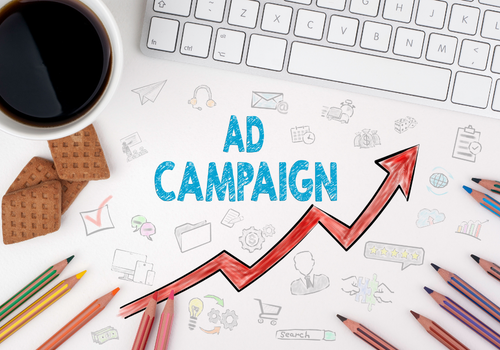
The best PPC platform depends on your business goals, target audience, and budget. It’s about finding the right platform that aligns with your business needs and can deliver the best ROI. The field of digital marketing depends heavily on pay-per-click (PPC) advertising. Choosing the right platform can significantly impact your campaign’s success. Here are some of the best PPC platforms:
- Google Ads: As the most popular search engine, Google offers immense reach and advanced targeting options. It’s ideal for businesses of all sizes looking to gain visibility.
- Bing Ads: While it has a smaller user base than Google, Bing Ads often have lower cost-per-click rates and less competition.
- Facebook Ads: With its vast user base and detailed targeting options, Facebook is a great platform for businesses aiming to increase brand awareness and engagement.
- Instagram Ads: Owned by Facebook, Instagram ads are perfect for businesses with visually appealing products or services.
- LinkedIn Ads: For B2B companies, LinkedIn Ads offers precise targeting based on industry, job function, and seniority.
- Twitter Ads: Twitter is a great platform for real-time engagement. It’s ideal for businesses looking to tap into trending topics and conversations.
- Pinterest Ads: If your target audience is heavily skewed towards women and your business is in the creative industry, Pinterest Ads can be a great option.
- Amazon Ads: For e-commerce businesses, Amazon ads can help increase product visibility and sales.
How do I create a PPC ad campaign?
We can create a PPC ad campaign in the following ways:
Step 1: Define Your Goal
Every successful PPC campaign starts with a clear goal. Whether it’s increasing website traffic, sales, or brand awareness, knowing your goal will guide your campaign strategy.
Step 2: Research Keywords
Keywords are the backbone of your PPC campaign. Use keyword research tools to find relevant and high-performing keywords in your industry.
Step 3: Set Your Budget
Decide how much you’re willing to spend on your campaign. Remember, PPC is about return on investment (ROI), not just spending money.
Step 4: Create Engaging Ads
Your ads should be compelling and relevant to the keywords you’ve chosen. Put up a call-to-action (CTA) that is clear to get people to click on your advertisement.
Step 5: Landing Page Optimisation
Ensure your landing pages are relevant to your ads and keywords. This not only improves your quality score but also increases the chance of conversions.
Step 6: Monitor and Adjust
Regularly review your campaign performance. Adjust bids, add or remove keywords, and tweak your ads to improve performance.
Conclusion
In conclusion, running effective and profitable PPC ads requires a strategic approach and continuous optimisation. By understanding the basics, setting clear goals, and implementing proven strategies, you can maximize the impact of your PPC campaigns. Stay informed, adapt to changes, and always prioritize delivering value to your audience.
